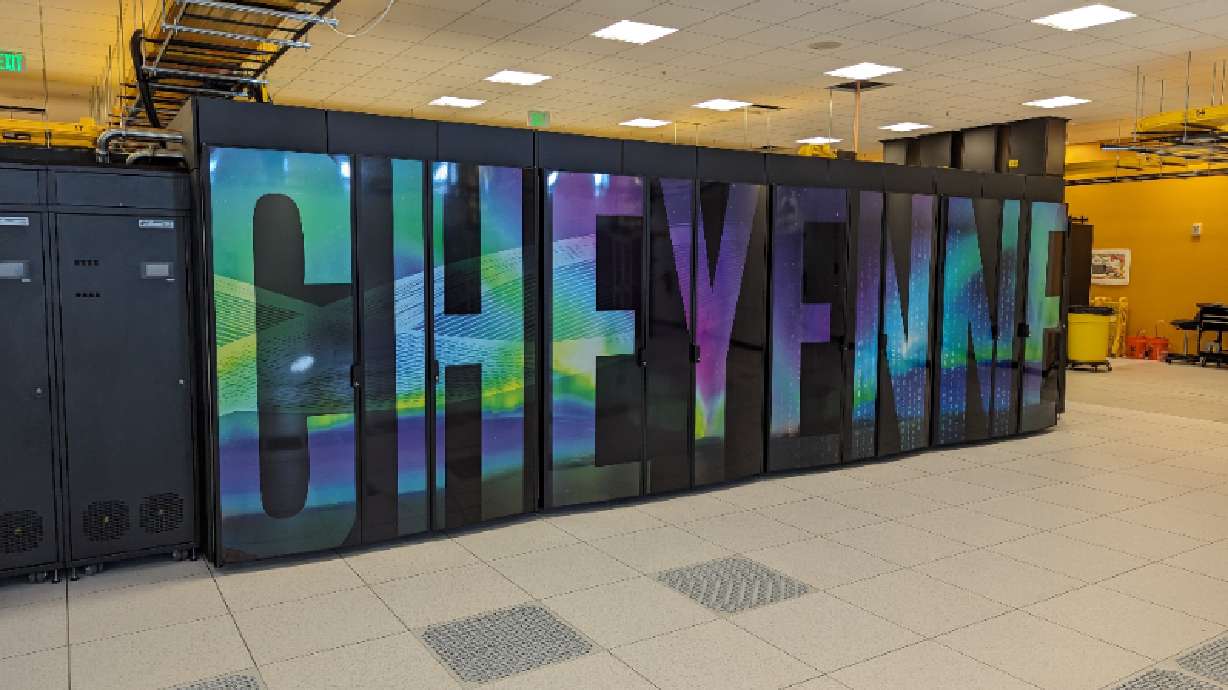Estimated read time: 2-3 minutes
This archived news story is available only for your personal, non-commercial use. Information in the story may be outdated or superseded by additional information. Reading or replaying the story in its archived form does not constitute a republication of the story.
CHEYENNE, Wyoming — Now is your chance to finally buy that supercomputer your kids have been pestering you about.
The Cheyenne supercomputer, weighing over 47 tons, was placed on a government auction site last week after seven long years of providing computational might to researchers and universities. The top bid jumped from $51,085 to over $120,000 during the writing of this article, but there are still a day and some time until close.

The flagship supercomputer at the National Center for Atmospheric Research became operational in January 2017; it was the 20th-fastest supercomputer in the world at the time. It was a 5.34-petaflops system, with the theoretical ability to perform 5.34 quadrillion calculations per second, according to the research center — triple the capability of its predecessor, the Yellowstone supercomputer.
But the Cheyenne has seen better days. It was originally planned to work for five years, but the pandemic delayed its retirement for another two years. The auction description says there is water spraying from a faulty disconnect, causing node failure. "Given the expense and downtime associated with rectifying this issue in the last six months of operation, it's deemed more detrimental than the anticipated failure rate of compute nodes," the listing says.
A new computer replaced the Cheyenne in August 2023, the Derecho, delivering about 3.5 times the scientific throughput of the Cheyenne system.

To compare, the top supercomputer in the world, the Frontier at Oak Ridge National Labs, in Tennessee, has a theoretical peak performance of 1.68 exaflops, more than 300 times that of the Cheyenne.
The Cheyenne was used to model complex systems, from the rising of sea levels near Asian megacities to high-definition simulations of a solar flare. It even helped develop an hourly flow model of water in the Upper Colorado River Basin, providing data to researchers studying the over-allocation of resources in the West.
Have You Seen This?










